
Can Studying Dolphins Help Revolutionize Human Communication
12 min read Exploring how dolphin communication research could transform human interaction methods. (0 Reviews)
Can Studying Dolphins Help Revolutionize Human Communication?
Beneath the sparkling blue of the world's oceans, entire societies carry on complex conversations unheard by humans. Dolphins, among the most intelligent animals on Earth, navigate social dynamics, express their emotions, and collaborate on hunts—all while exchanging clicks, whistles, and bursts of sonar. As artificial intelligence edges ever closer to imitating natural intelligence, scientists ponder: Could decoding dolphin communication spark the next great leap in human messaging and understanding?
The Mystique of Dolphin Dialogue
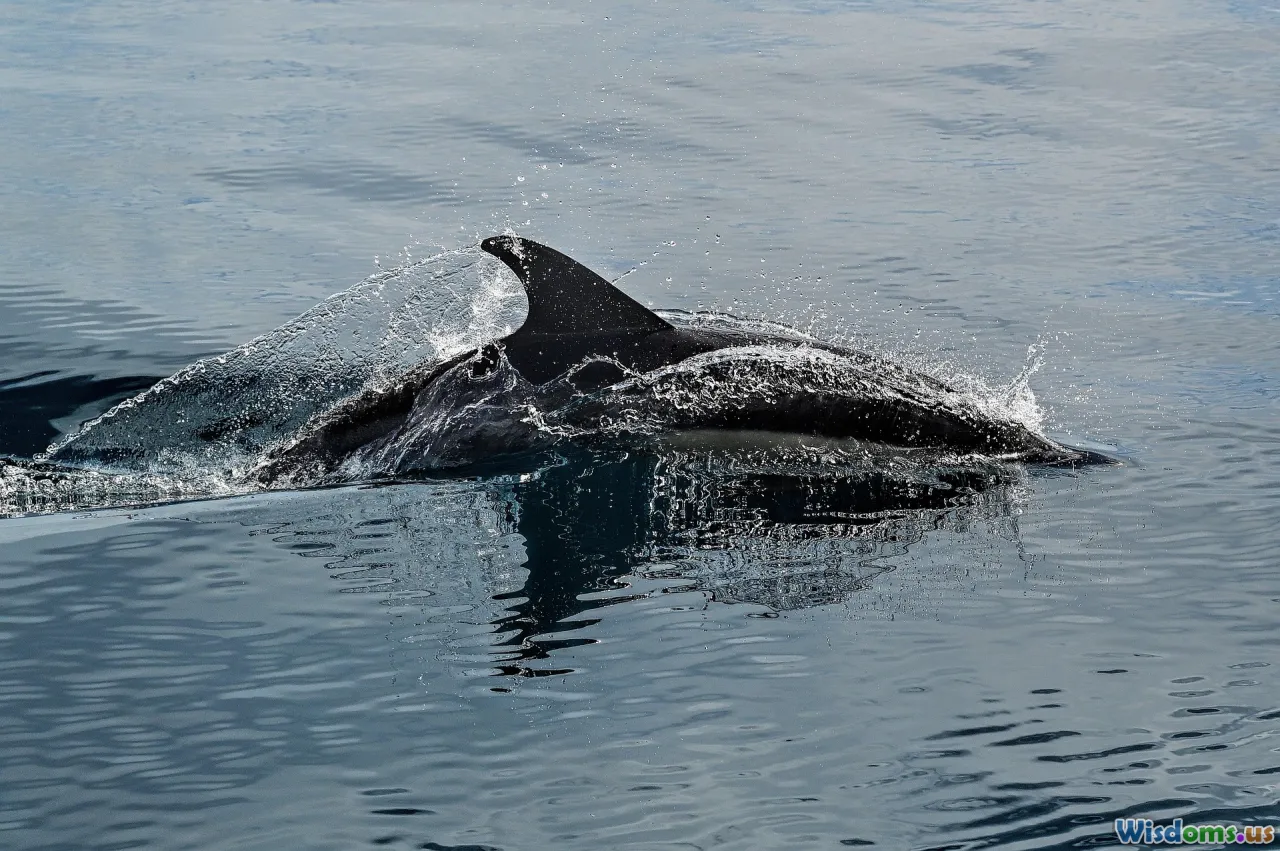
Unlike most mammals, dolphins rely on an intricate system of vocalizations unrivaled outside of humanity in complexity. With a mix of signature whistles—unique acoustic "names"—and rapid-fire bursts of clicks used for echolocation and conveyance of information, dolphins seem to possess a lexicon and syntax that surpasses the simple signals exchanged by dogs, apes, or even parrots.
Renowned studies by Denise Herzing with wild Atlantic spotted dolphins in the Bahamas highlight fascinating behaviors: mother dolphins enfold calves and softly whistle in what appears to be soothing parent-child dialogue. Dolphins solve problems cooperatively, coordinate group formations, and even innovate hunting techniques, all supported by extensive vocal communication. For context, a single dolphin pod can produce over 200 distinct whistle types, indicating a robust and potentially language-like system of signals.
Comparing Dolphin and Human Communication: Shared Foundations
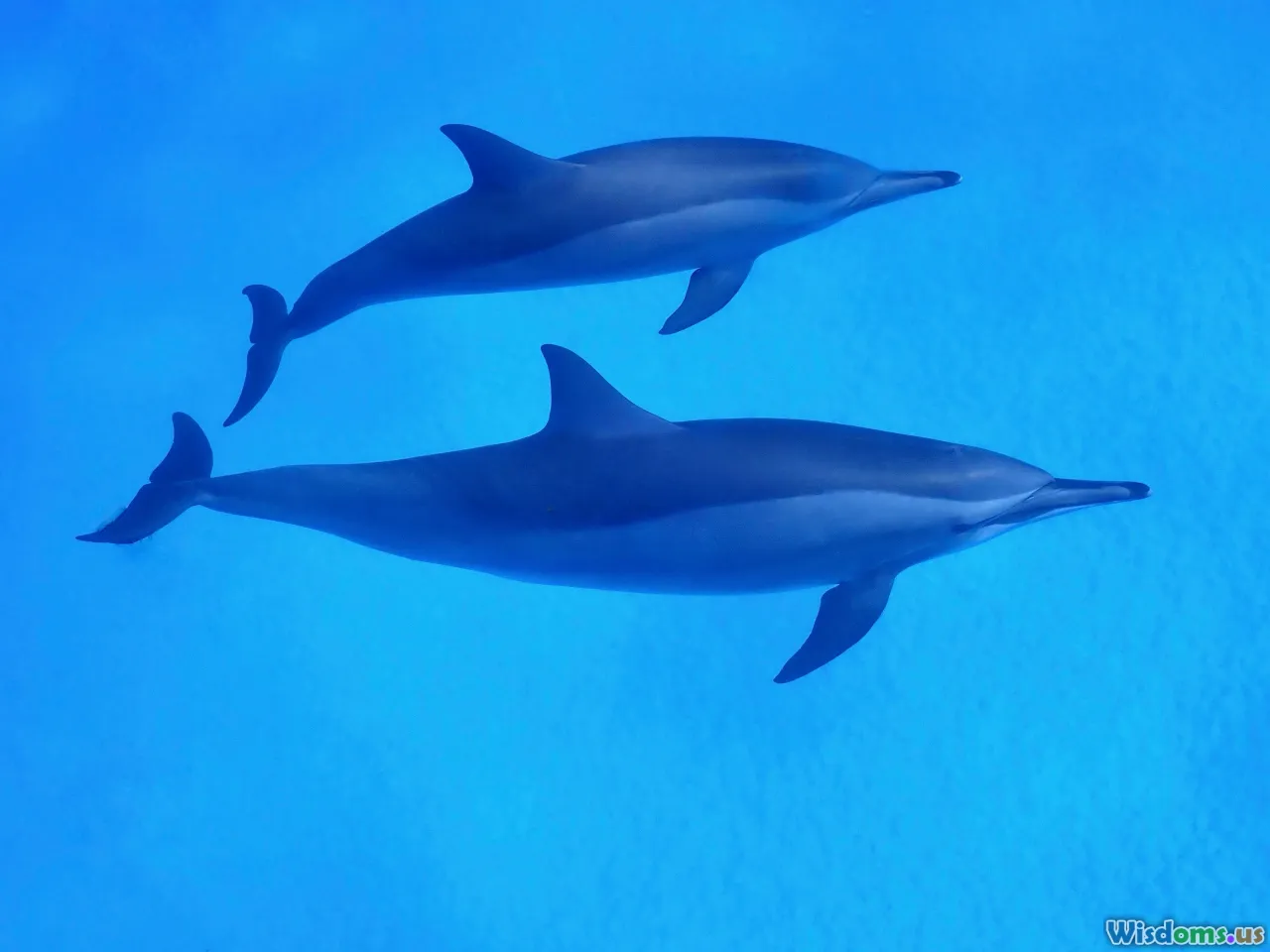
At first glance, spoken human language and dolphin vocalizations may seem worlds apart. However, both systems show key similarities:
-
Syntax and Structure: Humans combine words according to grammatical rules to create complex meaning. Dolphins also combine whistles, sometimes in specific sequences, to form potentially meaningful exchanges. For example, researchers found dolphins producing strings of repeated, sequenced whistles in a way that may indicate syntactic complexity—although formal grammar has yet to be proven.
-
Signature Identifiers: Just as humans introduce themselves by name, each dolphin develops a unique whistle. When a dolphin is called by its whistle, it responds. This self-referential use—rare in animals—suggests a concept of identity at play.
-
Social Communication: Much like people adapting speech and tone in crowded environments, dolphins alter whistle frequencies and volume to ensure they’re heard in busy or noisy pods—analogous to human conversations in a bustling cafe.
These parallels hint at deep evolutionary links between efficient, adaptable communication and social intelligence—a relationship ripe with implications for future technology.
Decoding Dolphin Communication with Technology

Efforts to crack the dolphin code have accelerated with recent advances in artificial intelligence, acoustic physics, and data analysis. Projects like the Wild Dolphin Project and the SpeakDolphin Initiative have wired the seas with digital hydrophones and deployed underwater tablets to record and analyze cetacean conversations at unprecedented detail.
Machine Learning: The Modern Rosetta Stone
Using neural networks, researchers slice hours of underwater chatter into acoustic elements, searching for temporal and spectral patterns—essentially, the "words" of cetacean language. A ground-shifting paper published in 2022 by Dr. Michael Boswell's team at the National Acoustic Laboratory used machine learning algorithms to cluster dolphin whistles, uncovering recurring patterns comparable in structure to phrases.
Inter-Species Communication Attempts
In a pivotal experiment, Denise Herzing and her colleagues deployed an underwater "keyboard" that played synthesized dolphin whistles pre-associated with objects like "Sargassum" (seaweed). Over three years, Miami dolphins began mimicking the new whistle, suggesting a rudimentary ability to learn and use symbolic references—an attribute fundamental to language acquisition.
Moreover, international collaborations, such as the Cetacean Translation Initiative (CETI) led by David Gruber, combine linguistics, bioacoustics, and computer science in an effort to translate dolphin exchanges directly—hoping to unlock the equivalent of a dolphin dictionary and grammar book.
Lessons for Revolutionizing Human Communication Systems

Unraveling the secrets of dolphins’ dialogue offers rich insights for revolutionizing human communication tools and problem-solving networks. Here’s how their approach can inspire novel solutions:
1. Efficient Data Encoding and Transmission
Dolphins convey information rapidly in dense, modulated signals that resist interference in noisy, underwater environments. By decomposing dolphin communication strategies, engineers can refine wireless communication protocols—especially for submarine, extraterrestrial, or disaster-stricken areas where current technologies fail.
For example, using frequency-modulated chirps and echolocation bursts as the basis for new sound-based or radio encodings could lead to higher bandwidth, robustness, and efficiency in unpredictable environments.
2. Context-Aware Messaging Platforms
Dolphins alter the modulation, rhythm, and amplitude of whistles to suit varied social scenarios—targeted at individuals versus the group, or urgent alarm calls versus soothing social bonding. Tech developers can look to these dynamic adjustments as models for context-aware artificial intelligence assistants. Imagine smarter notification systems that mediate message urgency, adapt tone, and filter content for the specific needs of a recipient, mimicking dolphin strategies.
3. Secure Communication through Signal Variation
Dolphins sometimes encrypt their communication using rapid pitch changes and intricate click trains when avoiding sharks or eavesdropping rivals. These strategies could inspire advancements in secure voice or data transmission for privacy-critical situations in military or diplomatic applications, harnessing real-time modification of voice or data signatures.
Reimagining Translation: What Dolphins Teach Us About Universal Language
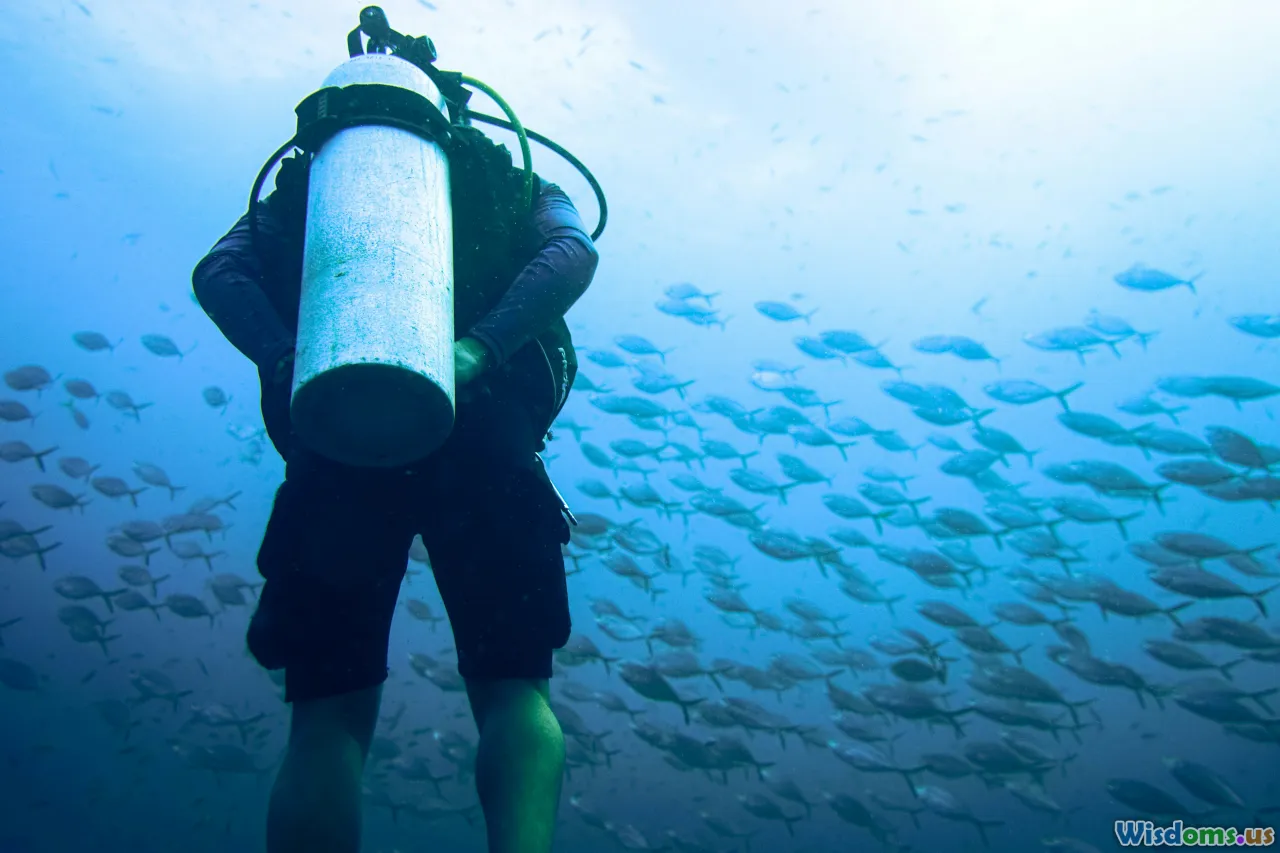
The quest to understand dolphins could catalyze the future of translation and inter-species communication.
Cross-Species Communication Frameworks
Current AI language models perform well in human languages but struggle with context, tone, or meaning outside of human cultural backgrounds. By studying how dolphins understand signals, context, and even idiosyncratic turns of phrase within their pods, linguists and programmers could build superior context-sensitive translation systems and NLU (natural language understanding) tools.
For example, if dolphins can learn referential signals from humans (as demonstrated in keyboard experiments), it suggests new frameworks for how to bridge radically different communication styles—not just between species, but between humans and machines. As a tangible result, advances in dolphin-human communication could inform robust frameworks for negotiating meaning even across significant cognitive or sensory divides.
Pattern Recognition Beyond Words
Dolphin communication leans heavily on rhythm, repetition, and frequency modulation—tools still underutilized in current translation software, which often focuses solely on word-for-word or phrase equivalences. Adopting broader pattern recognition, as studied in dolphins, would enable translation systems to interpret emotional tone and subtle intent better, giving rise to more empathetic AI assistants or more seamless global communication tools.
Obstacles and Ethical Considerations
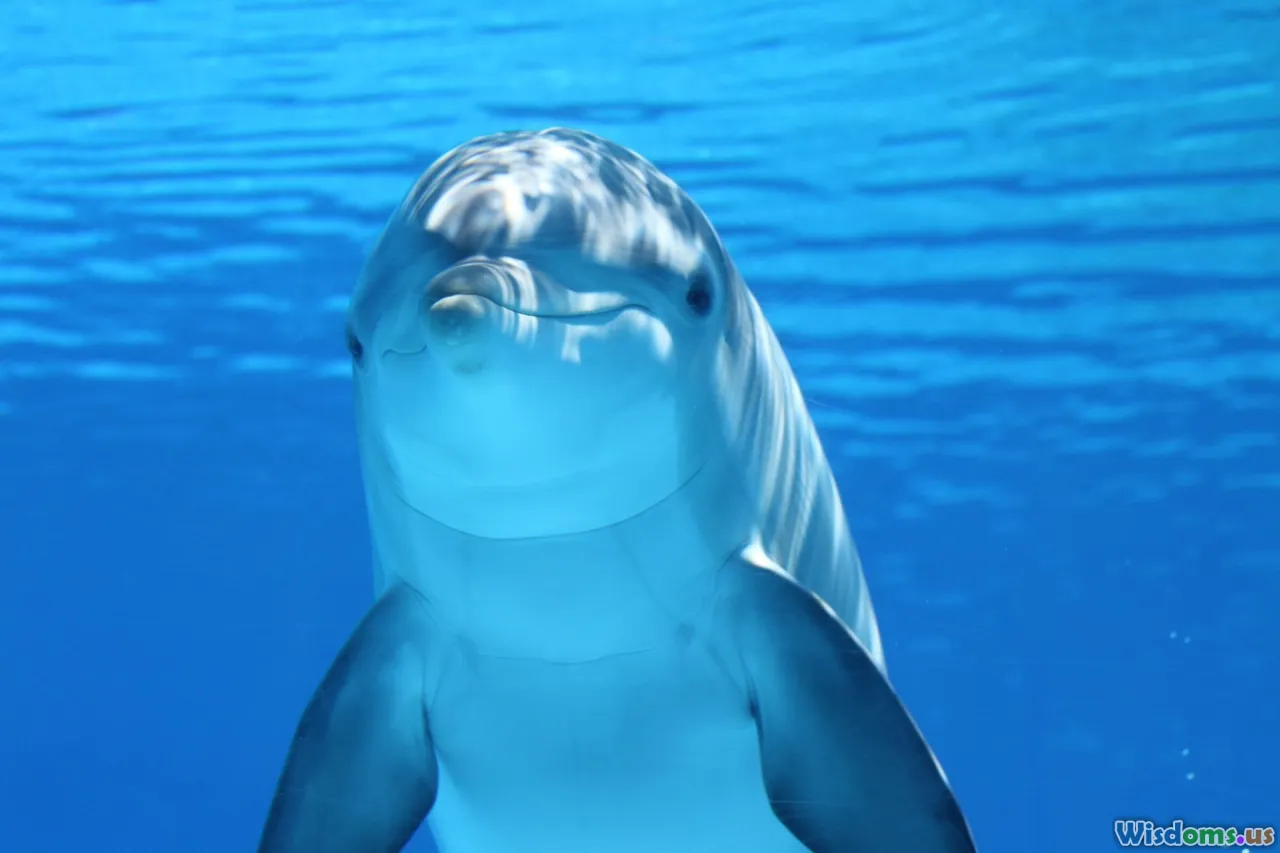
The dream of decoding dolphin communications and applying their methods to human systems is not without hurdles—technological, philosophical, and ethical.
Complexities of Interpretation
Sound waves travel and morph differently underwater. A dolphin's meaning depends not only on the whistle itself but on gestures, positions, and subtle environmental factors. Similarly, there's a danger of anthropomorphism—projecting human interpretations onto cetacean behaviors that may have fundamentally different drivers.
Risks and Protections in Research
Interacting with dolphins raises critical animal welfare issues. As interest mounts and new interactive tools proliferate, there is a risk of disturbing natural behaviors, polluting habitats with noise, or interfering with social bonds. Responsible research and real-time, non-invasive monitoring must be at the foundation of all progress. Ethical protocols, like those established by the Marine Mammal Protection Act (U.S.), set essential boundaries to prevent harm.
Looking Forward: Dolphins as Teachers for Human Connection
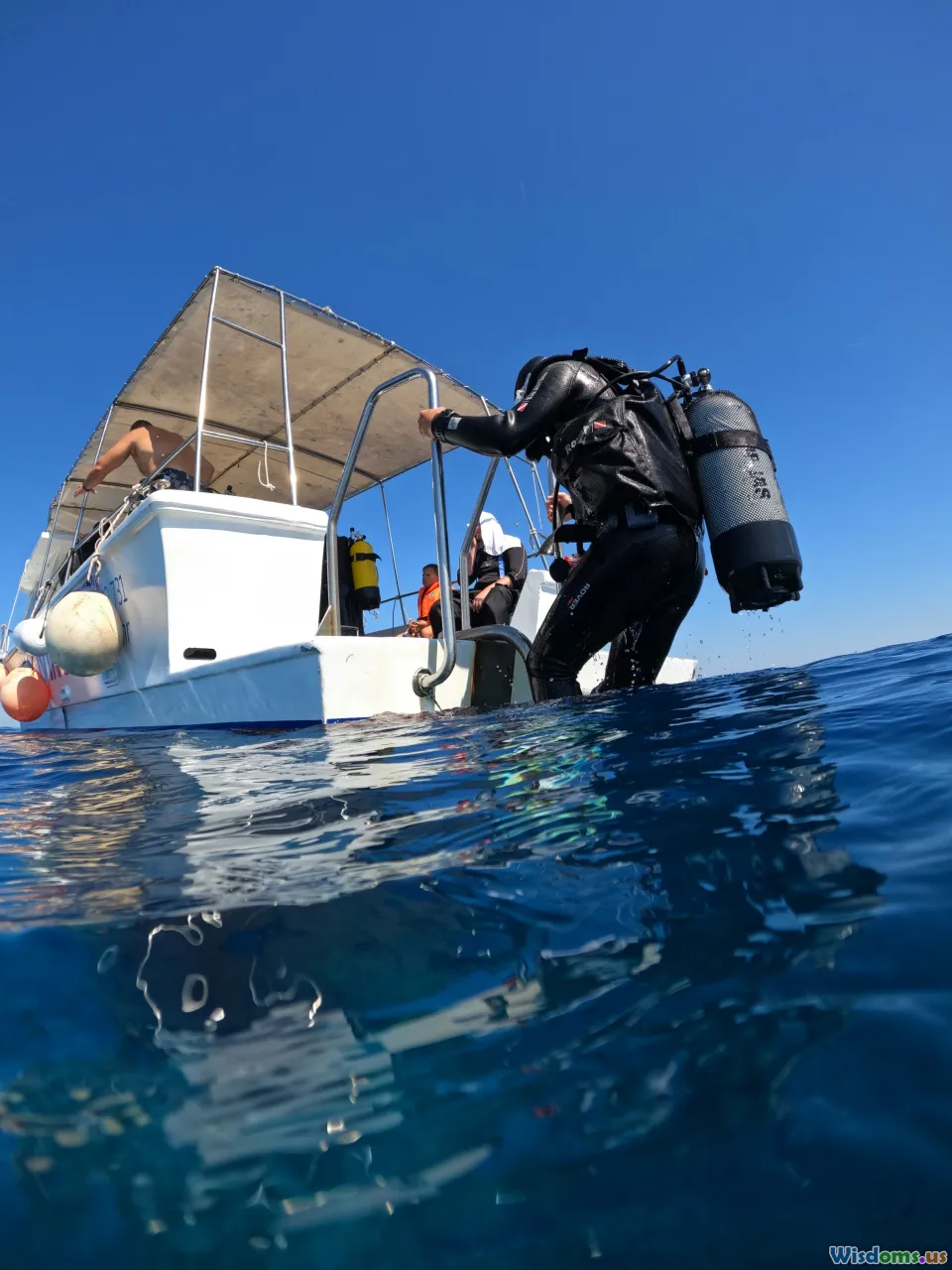
The ongoing dialogue between dolphins and their environment holds an ocean of lessons for our own species. In an age of noise, distraction, and digital overload, the subtle, rich communications among dolphins act as a reminder that true connection requires more than mere words—it demands empathy, context, and adaptability.
Already, imaginative teams spanning biology, linguistics, engineering, and ethics are working hand-in-flipper with dolphins to compose tomorrow's communication protocols—ones that adapt nimbly, encode efficiently, and safeguard privacy, all while fostering genuine connection.
With the hum of underwater chattering as our muse, perhaps the revolution in human communication will not come from towers or satellites alone, but from the liquid corridors where dolphins whisper, conspire, and teach. The day we grasp their code may be the day we rethink not only how we speak, but how we listen—to each other, and the wider natural world that sustains us all.
Rate the Post
User Reviews
Popular Posts




















